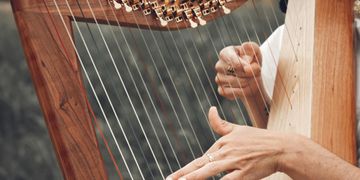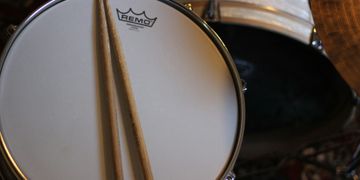Timeless Sounds: The Evolution of Musical Instruments Through the Ages
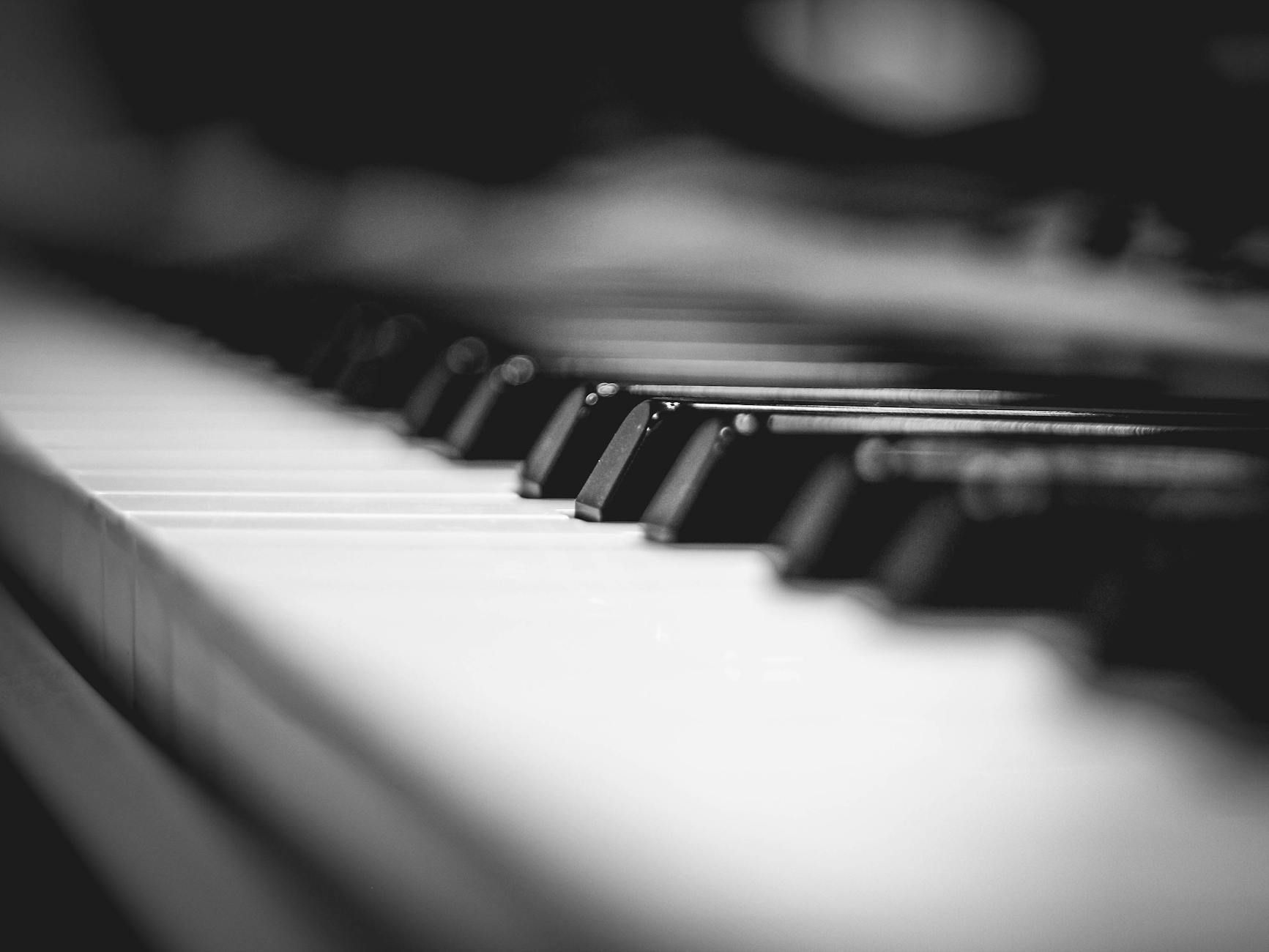
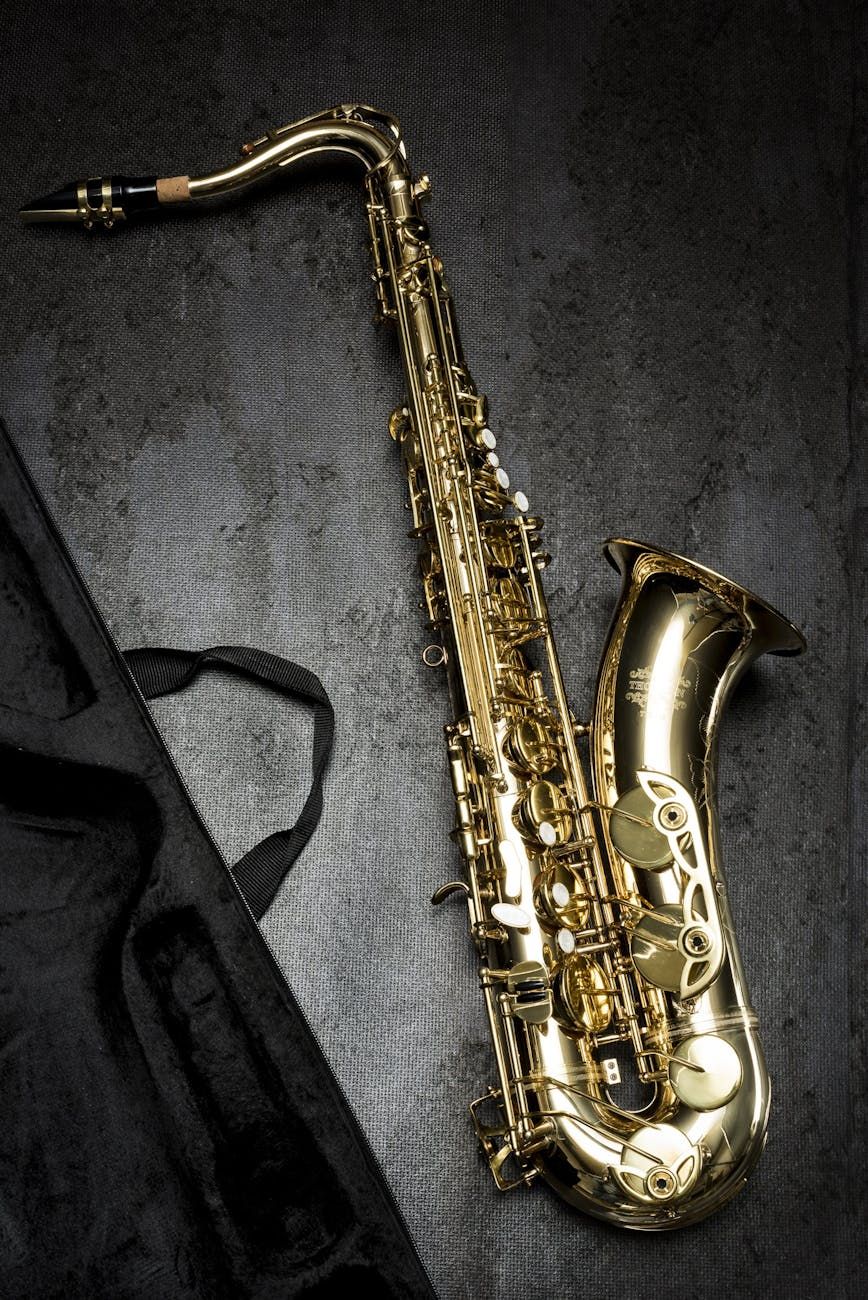
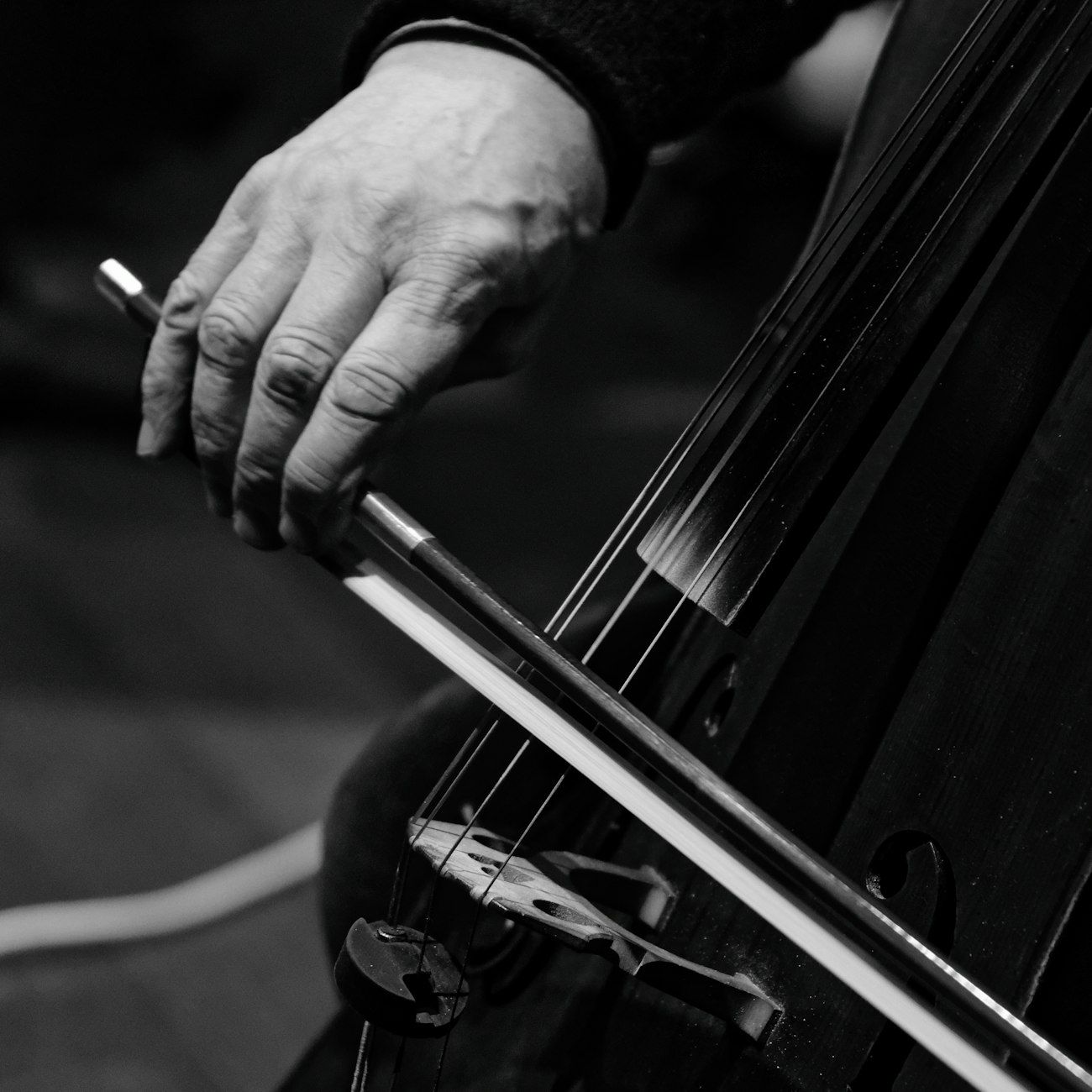
Throughout history, musical instruments have played a significant role in shaping the sounds and rhythms that define cultures and societies. The evolution of musical instruments reflects the development of human creativity, innovation, and expression. From ancient times to the modern era, this journey highlights how deeply music has influenced humanity across generations.
The Origins of Musical Instruments
The history of musical instruments dates back thousands of years, with early evidence found in archaeological sites around the world. Ancient civilizations such as the Sumerians, Egyptians, Greeks, and Romans developed their own unique instruments.
-
Early examples include flutes, drums, lyres, and harps.
-
Instruments were used in rituals, ceremonies, and entertainment.
-
These creations laid the foundation for the complex musical forms that followed.
Ancient instruments not only produced sound but also carried symbolic meanings tied to religion, mythology, and social status.
Traditional Instruments and Cultural Identity
Traditional instruments have long served as guardians of cultural identity and heritage. In every region of the world, they are intertwined with local customs, rituals, and celebrations.
-
The sitar in India brings classical raga music to life.
-
The kora in West Africa serves as a storyteller’s companion.
-
The shamisen in Japan and the bagpipes in Scotland reflect national pride.
Beyond sound, traditional instruments act as vessels for storytelling and cultural preservation, connecting generations through shared heritage.
The Rise of Modern Musical Instruments
The modern era ushered in dramatic changes in the world of music. With the advent of technology, musicians gained new tools for creativity and experimentation.
-
The electric guitar redefined popular music and performance.
-
Synthesizers introduced new textures and soundscapes.
-
Digital music software transformed composition and production.
These innovations expanded the possibilities of musical expression, leading to the diverse and dynamic soundscape we enjoy today.
Global Influence and Cultural Exchange
The development of musical instruments continues to evolve through cultural exchange and collaboration.
-
Global music trends influence how instruments are built and played.
-
Fusion genres combine traditional and modern sounds.
-
Musicians now collaborate across continents, blending styles and traditions.
This global connectivity allows for a continuous reshaping of musical culture, bridging ancient heritage with modern innovation.
Innovation and the Future of Musical Instruments
Instrument innovation remains a driving force in the evolution of music. Builders, designers, and technologists constantly seek new ways to enhance sound and performance.
-
Experimentation with materials and design
-
Integration of digital and electronic components
-
Creation of hybrid and customizable instruments
The future of musical instruments promises even greater fusion between technology and artistry, expanding the boundaries of what music can be.
Conclusion: The Enduring Journey of Sound
The evolution of musical instruments is deeply intertwined with the history of human expression. As music changes, so too do the instruments that bring it to life. From the simple flutes of ancient civilizations to the complex digital tools of today, musical instruments continue to define the way we experience sound, emotion, and culture.
The story of music’s instruments is ultimately the story of humanity itself — a timeless reflection of our creativity, innovation, and desire to connect through sound.

